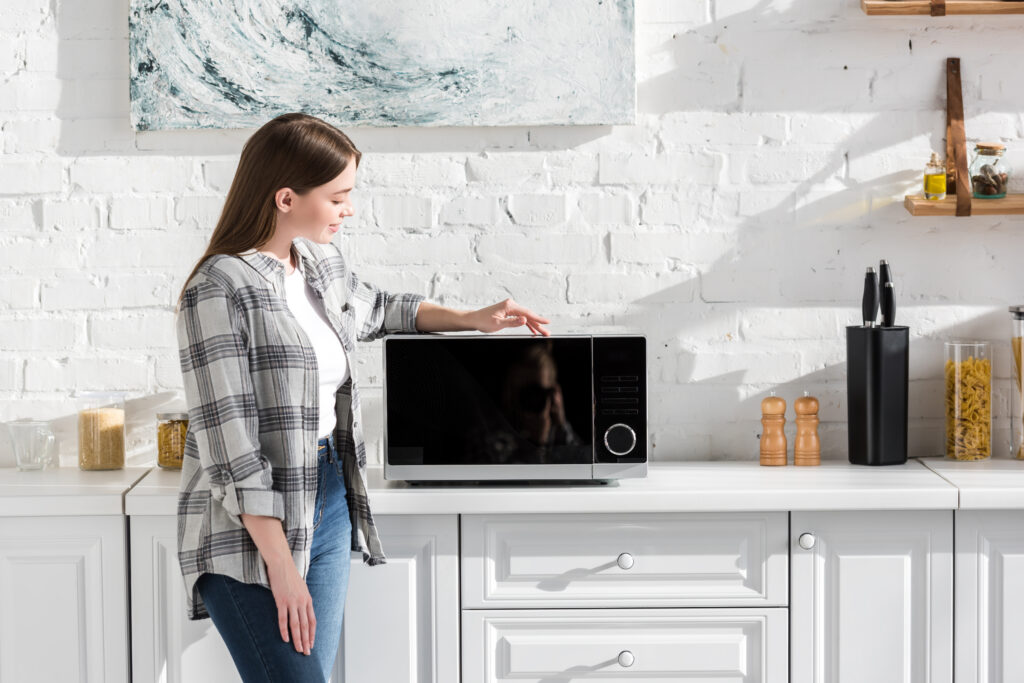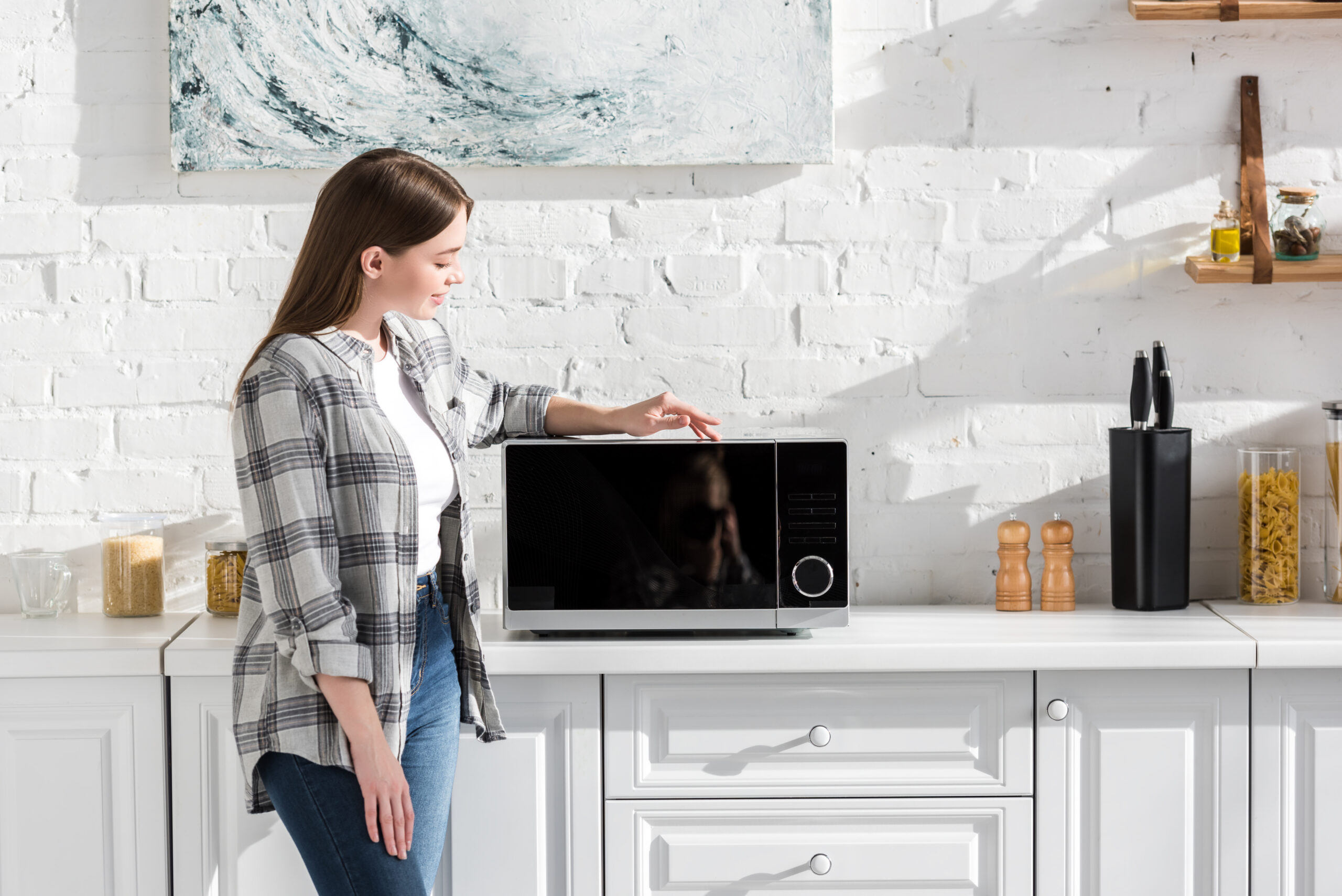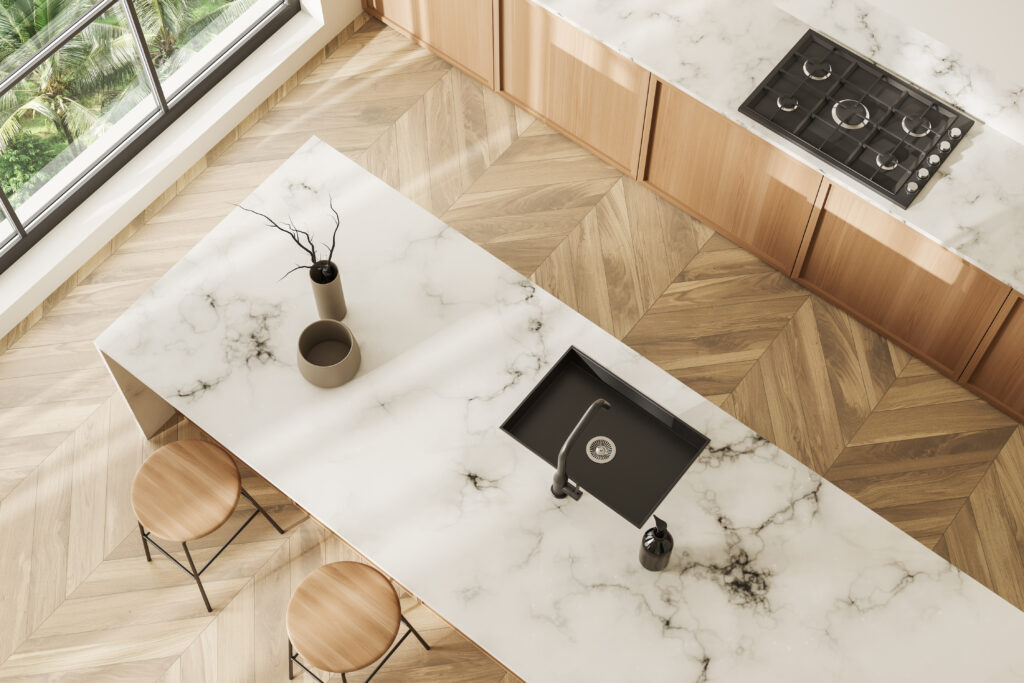Can You Put Plastic Bags in the Microwave? What Homeowners Should Know About Handling Kitchen Plastics
You’re standing in your kitchen—leftovers in one hand, plastic bag in the other, and microwave door swinging open. You think for a second. Can you just toss the plastic-wrapped food in and hit start? Seems harmless, right? It’s actually one of those things you kind of know you shouldn’t do, but you’re not entirely sure why. And if you’re like most homeowners figuring out the dos and don’ts of your appliances, this probably isn’t the only microwave mystery on your mind. But don’t sweat it. We’re going to break this down in simple terms—what happens when plastic bags go into microwaves, how kitchen appliances are designed to handle heat and materials, and what you can do to be smart—and safe—about it. Spoiler alert: There’s more to it than melted messes.
Understanding Microwave Safety with Plastics at Home
Microwaves use electromagnetic radiation to agitate water molecules in food, generating heat that cooks your meals from the inside out. That’s why it heats quickly and unevenly (hello, lava-hot center with icy edges). The big catch? It’s not great with materials that aren’t specifically designed for it—like many types of plastic. Plastic bags, especially the thin, grocery-store kind, are generally not microwave-safe because they’re not heat-resistant. They’re made to carry your apples and frozen peas—not to withstand high, focused heating. When exposed to microwave radiation, plastic bags can melt, warp, or even release harmful chemicals into your food… and yeah, nobody wants that dinner side dish.
What Happens When You Microwave Plastic Bags
Okay, so let’s say you ignored the label and did it anyway—zapped some leftovers wrapped in a plastic grocery bag. Here’s what typically happens: the bag starts to soften, then warp, and in some cases, fully melt. That’s the obvious danger. But there’s a bigger concern—chemical leaching. Many grocery bags are made of low-density polyethylene (LDPE) or similar plastics, and while these might seem harmless, when heated, they can release toxins like BPA or phthalates into food. Even if no visible melting occurs, the off-gassing of chemicals could still contaminate your dish. That’s not just bad for your health—it can also damage your microwave if the bag fuses to the interior wall or plate.
A Deep Dive into Microwave-Safe Materials
Here’s where things get a little nerdy but stay with me. Microwave-safe containers are usually made of plastics that are tested at high temperatures to make sure they don’t break down or release chemicals. Polypropylene (often marked with a #5) is one of the most reliable. Most microwave-safe containers will have a symbol on the bottom—usually a microwave icon or the words “microwave-safe.” What you want to avoid are thin plastics and bags that don’t have any labeling. These weren’t designed with heat safety in mind and can compromise both the safety of your food and the longevity of your appliance. And yeah, that time you threw a takeout container in and it puffed up like a balloon? Classic example of what not to do.
How This Connects to Your Home Warranty Coverage
Funny thing is, a lot of these little kitchen mistakes—like melting plastic in your microwave—can technically impact your home systems over time. Your appliances are part of the big picture when it comes to your home warranty, and while one melted ziplock won’t void coverage right away, repeated misuse or internal damage from improper usage might not be covered by all warranty providers. Especially if you’re cooking bacon in a plastic bag (please don’t). That’s why it’s important to understand not just “what” you can put in an appliance, but how that use fits into a larger story about protecting your stuff. A solid home warranty, like the kind Armadillo offers, educates homeowners on responsible usage and helps kick in when things go sideways—because things always go sideways eventually.
When Convenience Turns Risky: Quick Tips on Heating Food Safely
We get it—heat and eat as fast as possible, minimal cleanup. It’s kind of the unwritten rule of weekday dinners. But microwaves, like all appliances, work best when they’re used properly. Instead of plastic bags, opt for ceramic, glass, or labeled microwave-safe plastic containers. Never seal containers tight (they need to vent), and for goodness’ sake, don’t microwave metal—seriously, sparks are not a vibe. Also, keep your microwave interior clean, because leftover food splatter can mess with efficiency and airflow. Taking time to do those small things? That’s what keeps your kitchen running smoothly and avoids appliance burnout.
The Hidden Costs of Misusing Kitchen Appliances
Think about it—replacing a countertop microwave isn’t too pricey, but if you’re dealing with a built-in model or one with integrated ventilation, costs can jump fast. Beyond the purchase, there’s installation, compatibility with cabinetry, and if you mess up wiring during DIY—say goodbye, warranty. Then there’s the big-picture stuff. If melted plastic ruins an appliance that’s not covered due to negligence or misuse, you’re paying out of pocket. A lot of folks don’t realize until it’s too late that their standard homeowner’s insurance doesn’t touch appliance failure from improper operation. That’s where comprehensive home warranty services step in to save the day. But even warranties have limits—they’re a safety net, not a free pass for daily mistakes.
Protecting Your Home Appliances the Smart Way—with Armadillo
So, are plastic bags microwave-safe? Big no. Could improperly used kitchen plastics ruin your microwave and void parts of your warranty protection? Yup. The smarter move is to treat your appliances with care and shield your wallet with a modern home warranty provider that’s got your back when things unexpectedly break. With Armadillo, you can build a plan that matches your appliances, your lifestyle, and your zip code. Coverage is fast, simple, and transparent—no confusing fine print or surprise exclusions for everyday wear and tear. Whether you’re guarding your fancy microwave or a fridge that’s worked overtime through too many grocery runs, we make it easy to stay protected. Learn more at armadillo.one or, if you’re ready to build your perfect plan, head straight to our Plan Builder and get started now.


























